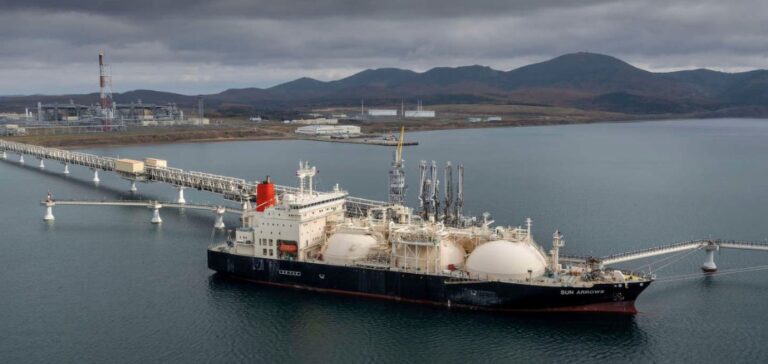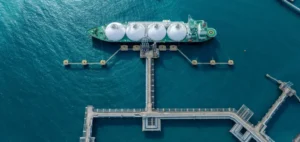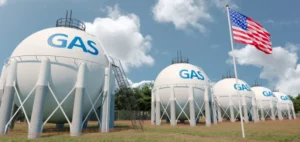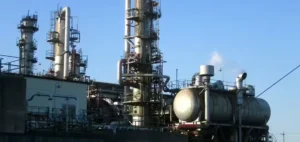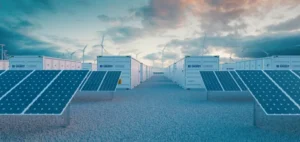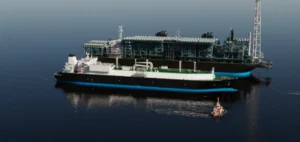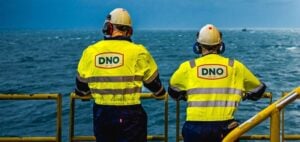Japan receives 9% of its imported LNG from Sakhalin-2, which is owned by Gazprom and Japanese trading houses, and without this cover future imports would certainly be halted.
But also push Japanese electricity and gas utilities such as JERA and Tokyo Gas Co LtdDiversifying supplies could help Japan emancipate itself from the Russian Sakhalin-2 oil project. He accounts for 9% of Japan’s total LNG imports, or 74.3 million tons per year.
Indeed, 60% of the 10 million tons of gas extracted in Sakhalin goes to Japan. This covers nearly 10% of the country’s needs. The Archipelago imports 97.8% of its LNG, 60% of which is used to generate electricity. And 30% are used for city gas.
However, as a result of its actions in Ukraine, Russia is exposed to heavy sanctions in which Japan participates. In addition, the Russian government decided in June to take control of Sakhalin-2, pushing Shell out.
Japan does not want to give up Sakhalin-2 for security reasons, but a new direction is needed…
In order to avoid a supply disruption, the three Japanese insurers are negotiating with different reinsurers to keep the war coverage.
The Japanese government is asking insurers to take on additional risks. In particular, to continue to provide maritime war insurance to LNG shippers in Russian waters.
The Financial Services Agency and the Natural Resources and Energy Agency made the request in a joint letter to the country’s general insurance association. Tokyo wants to ensure that Japan will continue to import LNG from the Sakhalin-2 project in Russia.
In addition, other options may also emerge. Shipowners can continue their operations without war cover by assuming the risks. The trips between Sakhalin Island and Japan are short, taking only a few days. In addition, the LNG export facility is located far from the battlefields of Russia and Ukraine.
The Japanese government and utilities, the buyers of the Sakhalin fuel, may have to share the risk.
.Japan’s leading oil and gas explorer Inpex Corp a 20-year agreement with the American company Venture Global LNG. The plan is to import 1 million tons per year from the company’s Louisiana project, which is scheduled to begin construction in 2023.
In addition, buyers can exercise the quantity tolerance clause. Generally present in long-term contracts, they allow you to request 5 to 10% additional volumes from other suppliers.

